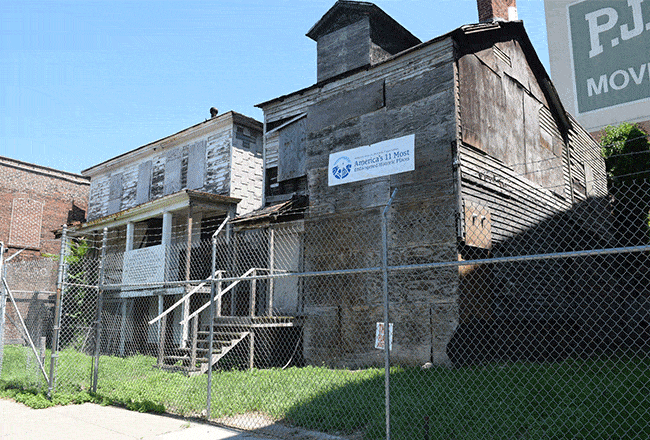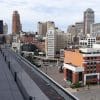A mysterious buyer of parcels near a military base, a call for action against squatters and the HUD leader’s Hawaiian business trip. Looking into the wild and wooly world of real estate, here are our Hits and Misses for this week.
Miss: Who is That Phantom Landowner? The Wall Street Journal reported the U.S. Air Force’s Foreign Investment Risk Review Office is investigating the $1 billion in purchases of roughly 52,000 acres in California’s Solano County – include 20 parcels around the Travis Air Force Base by a limited liability company calling itself Flannery Associates. An attorney representing Flannery claims his client is majority owned by Americans, but the Air Force – which has been investigating the group for eight months – cannot confirm who is backing Flannery. Rep. John Garamendi (D-CA), the top Democrat on the House Armed Services Committee’s readiness panel, admitted, “We don’t know who Flannery is, and their extensive purchases do not make sense to anybody in the area. The fact that they’re buying land purposefully right up to the fence at Travis raises significant questions.” Gee, they just realized this?
Hit: Speaking Up Against Squatters. Kudos to George Washington University law professor and political commentator Jonathan Turley for calling attention to the growing problem created by squatters who invade private residences and refuse to leave. In an op-ed published by USA Today, Turley cited several egregious examples of squatters brazenly getting away with their crimes while law enforcement and the judicial system fail to support the homeowners whose lives are being wrecked by these miscreants. Before this problem gets further out of hand, there needs to be a serious effort to stop squatters and ensure the only residence open for them is within the penal system.
Miss: This Can’t Be the New Normal. Today’s Fannie Mae Home Purchase Sentiment Index data report suggests that too many Americans “may be coming to terms with elevated mortgage rates and high home prices,” according to Doug Duncan, Fannie Mae senior vice president and chief economist. But as long as mortgage rates stay high, homeowners who were planning to sell and move on will likely stay in place – and prices that are constantly rising will further erase what little affordable homeownership opportunities exist. Let’s hope Duncan is wrong – the current environment is a lose-lose situation for too many people.
Hit: Saving a Lost Chapter of History. Last month, the Mary & Eliza Freeman Center for History and Community in Bridgeport, Connecticut, was awarded a $750,000 grant from the National Park Service as part of the Historic Preservation Fund’s African American Civil Rights grant program. Maisa Tisdale, the center’s CEO, has conducted an extraordinary campaign to preserve the last surviving structures of Little Liberia, a prosperous community of free Black and Native people that flourished in the antebellum era. The story of Little Liberia was nearly lost to oblivion when the community slowly dissolved in the post-Civil War era, but Tisdale’s indefatigable work to recall this extraordinary chapter of U.S. history and her efforts to liberate the Freeman Houses from decades of disrepair (seen in the photo above) makes her a hero of historic preservation. You can learn more about Little Liberia and Tisdale’s work at this website.
Miss: Nice Work if You Can Get It. Among the cabinet secretaries in the Biden administration, Housing and Urban Development Secretary Marcia Fudge has kept a mostly low profile – at least in terms of generating mainstream media notice. But the Hawaiian media had her in their spotlight – Fudge was in Hawaii for a listening tour on how her department could help finance affordable housing opportunities in the Aloha State. Clearly, this work was too important to handle by phone or Zoom, hence Fudge’s exit from the summer swelter in Washington, D.C., for a serious (cough cough) fact-finding tour of Hawaii, complete with a lei around her neck.
Photo: The Mary & Eliza Freeman Houses, the last surviving remnants of the Little Liberia community of Bridgeport, Connecticut. Photograph by Phil Hall.











